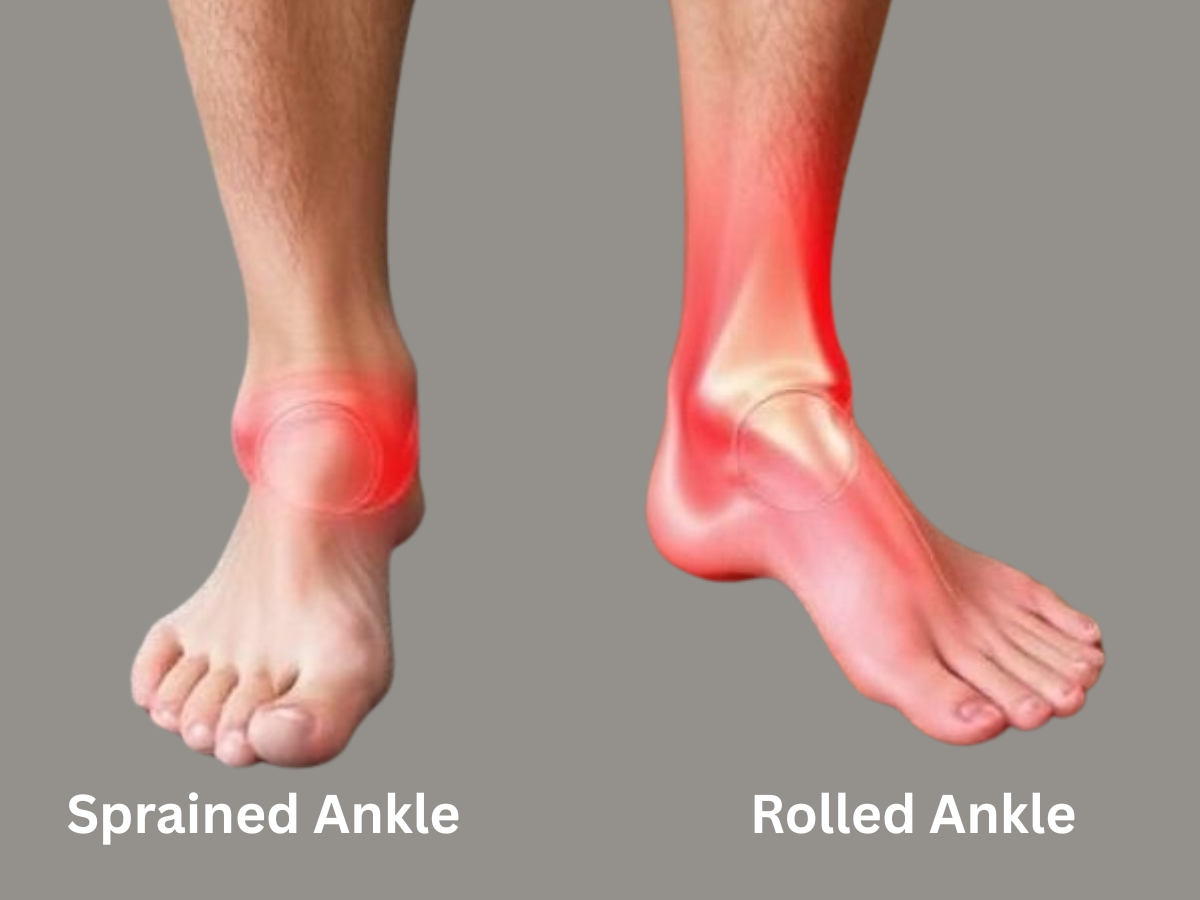
Foot injuries are incredibly common, especially for those who are physically active or play sports. Two terms often used interchangeably are sprained ankle and rolled ankle—but are they the same? Understanding the difference between the two is essential for receiving the right sprain treatment and speeding up recovery.
At Sunshine Bone and Joint Institute (SBJI), we frequently help patients navigate confusing foot and ankle injuries. In this blog, we’ll clarify the distinctions between a rolled ankle and a sprained ankle, explore the symptoms of both, and guide you through recovery options including leg sprain treatment, peroneal tendonitis treatment, and more.
What is a Rolled Ankle?
A rolled ankle happens when the foot turns inward or outward suddenly, usually while walking on an uneven surface or during high-impact activities. It may feel like a brief twist or “roll” and might not cause severe pain immediately. However, a rolled ankle can lead to further complications such as an ankle ligament sprain or even ankle muscle sprain if not addressed properly.
What is a Sprained Ankle?
A sprained ankle occurs when one or more of the ligaments in the ankle are stretched or torn due to sudden twisting or rolling. This condition is much more severe than a simple roll and requires medical attention. If your ankle got sprained, you’ll likely notice:
- Twisted ankle swelling
- Bruising
- Tenderness
- Difficulty walking
- Bruised twisted ankle appearance
A sprained foot treatment plan may include rest, compression, elevation, physical therapy, or in severe cases, surgical intervention.
When to Seek Medical Help
While many minor injuries heal with home care, you should consult a doctor if:
- The pain doesn’t improve in a few days
- There’s significant twisted ankle swelling
- You cannot bear weight on the foot
- There’s visible deformity
- You suspect peroneal tendonitis or ligament damage
Delaying treatment can worsen the ankle roll injury, increasing the chance of chronic instability or long-term issues.
Healing and Recovery
For a twisted ankle healing properly, follow the R.I.C.E. method: Rest, Ice, Compression, Elevation. In some cases, additional interventions like braces, physiotherapy, or leg sprain treatment may be required. Chronic cases may need specialized peroneal tendonitis treatment or further diagnostic imaging to evaluate damage.
At SBJI, we create personalized recovery plans based on the severity of the injury and patient lifestyle needs.
Frequently Asked Questions
Apply ice, keep your foot elevated, and avoid putting weight on it. If there’s twisted ankle swelling or severe pain, seek medical help.
If you experience severe pain, bruising, and difficulty walking, it’s likely a sprained ankle. A rolled ankle typically causes milder symptoms.
Yes, if not treated properly, a rolled ankle can lead to instability or even develop into an ankle ligament sprain.
Minor rolls may heal in a few days, while sprain treatment for severe injuries could take several weeks or months.
Sunshine Bone and Joint Institute offers advanced diagnostics, expert orthopedic care, and customized treatment plans for ankle sprains, tendonitis, and more.

